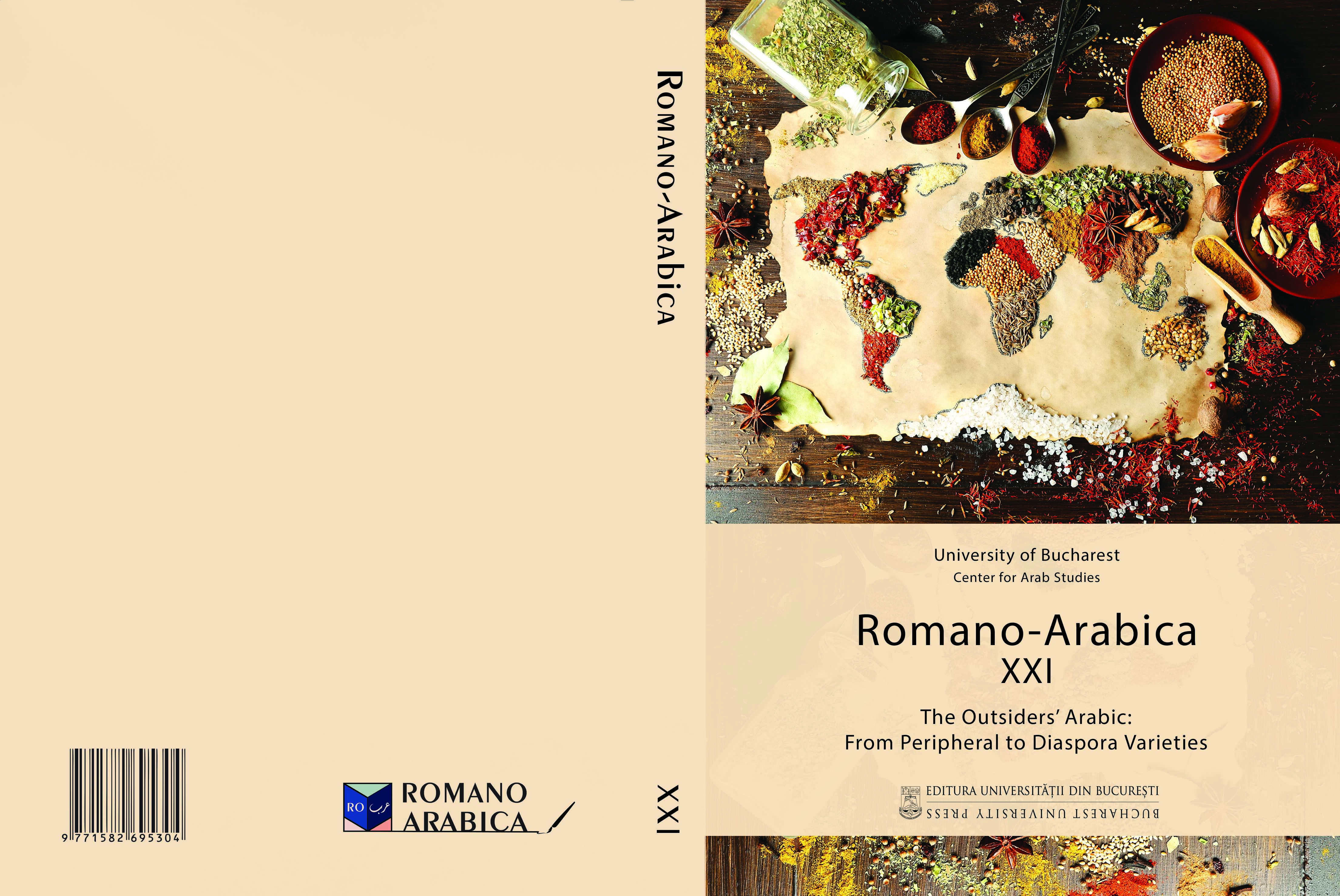ANALYSIS OF ARABIC VARIETY IN ITALY: THE CASE OF IMMIGRANT RAPPERS
ANALYSIS OF ARABIC VARIETY IN ITALY: THE CASE OF IMMIGRANT RAPPERS
Author(s): Emanuela De Blasio, Ludovica MartiniSubject(s): Language studies, Language and Literature Studies, Applied Linguistics, Language acquisition, Sociolinguistics
Published by: Editura Universităţii din Bucureşti
Keywords: Italo-Arab rappers; youth language; linguistics; sociolinguistics; Arabic dialectology;
Summary/Abstract: There are varieties of Arabic spoken by Arab immigrants, whose language has witnessed various changes. In particular, the sons of immigrants are marked by a dual component in their language: the native language and the target language. Many young second-generation rappers express themselves in their lyrics in the dialectal variant, the language of oral communication, sometimes marked by the influence of the target language. The texts are characterized by interfrastic and intrafrastic transglossia, a phenomenon typical of contact languages. One of the main characteristics of rap, which is based on lived experiences and reflects the surrounding reality, is that of spontaneity and this is also manifested in language.In Italy, pioneer of a rap characterized by a multilingualism is Zanko El-Arabe Blanco, of Syrian origin, who sings in Italian, Arabic and French. Other artists, mostly from North Africa, sing in different languages or alternate them within the same piece, through bilingual statements such as the Italian-Egyptian Amir Issaa, the Moroccan Maruego, the Maghrebizz group (whose Italian is marked by a strong Milanese accent) and the controversial Tunisian rapper Karkadan. Through the analysis of the texts of some rappers of Arab origin, mostly second-generation immigrants in Italy, it is possible to make considerations of a linguistic and socio-linguistic nature. These texts can represent sources that reveal a tendency in the language of youth and therefore can provide us with data on the evolution of the Arabic language in the specific context of immigration examined.
Journal: Romano-Arabica
- Issue Year: XXI/2022
- Issue No: 21
- Page Range: 71-84
- Page Count: 14
- Language: English, Arabic, Italian

